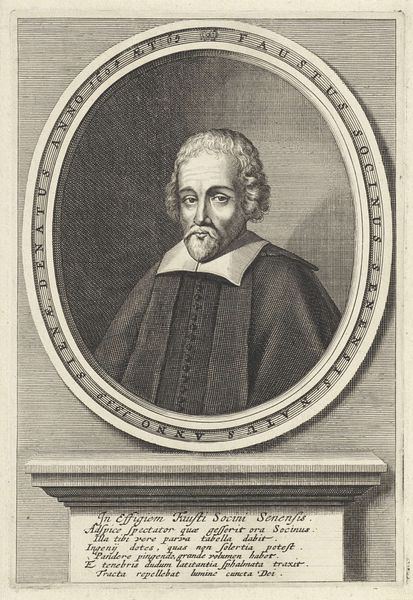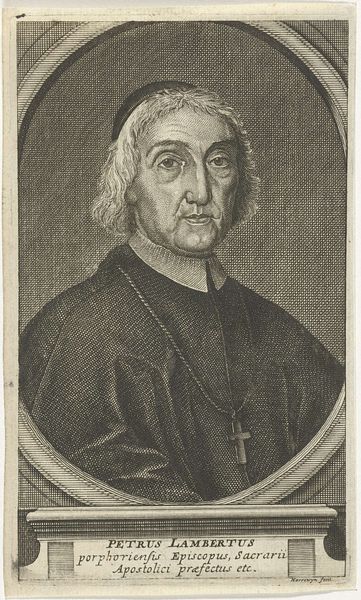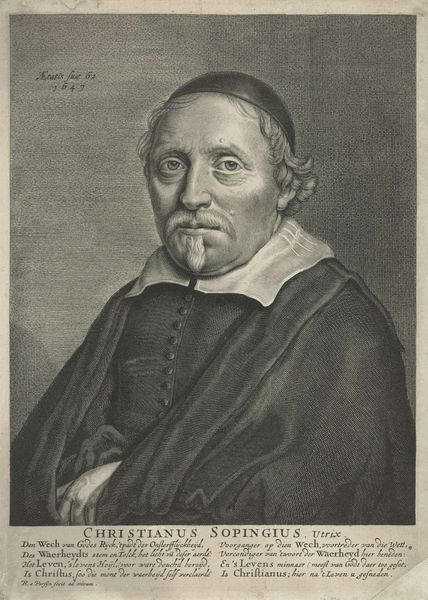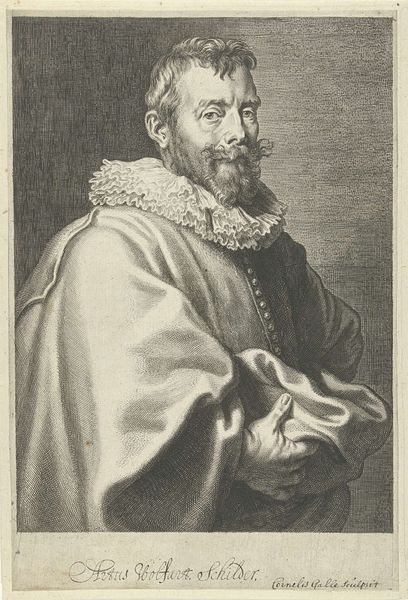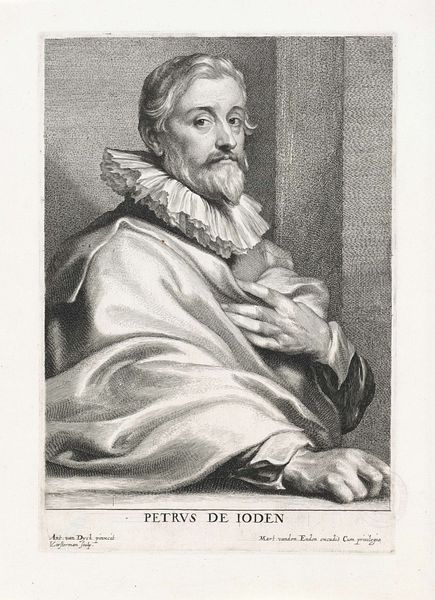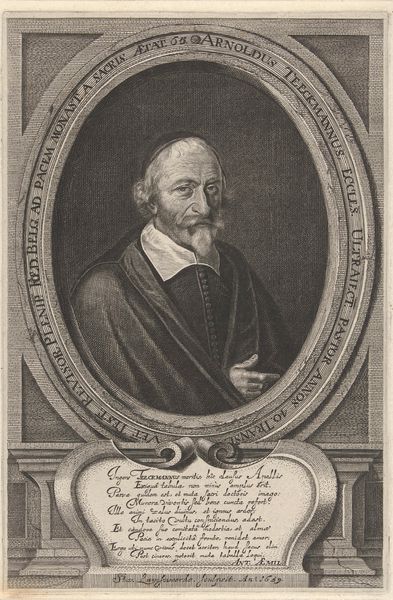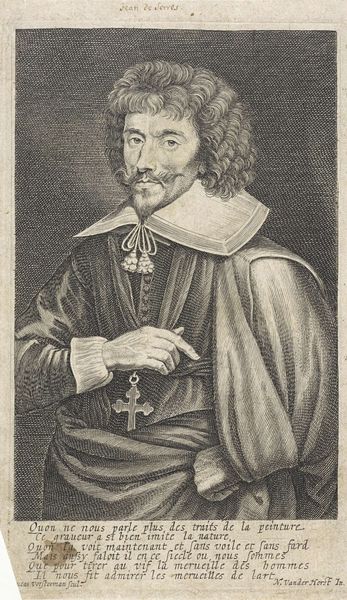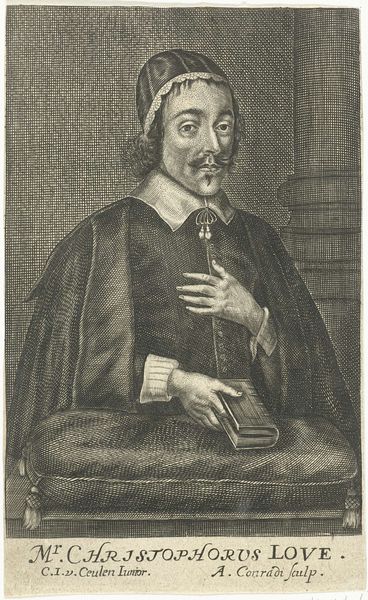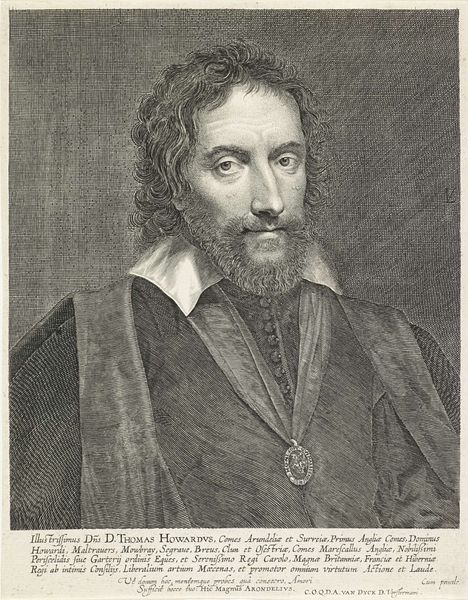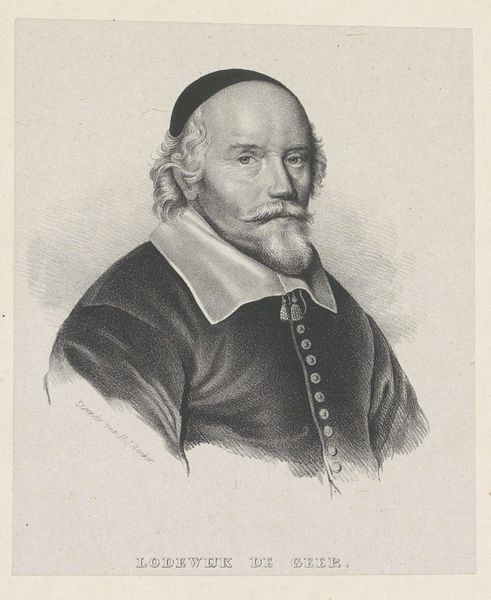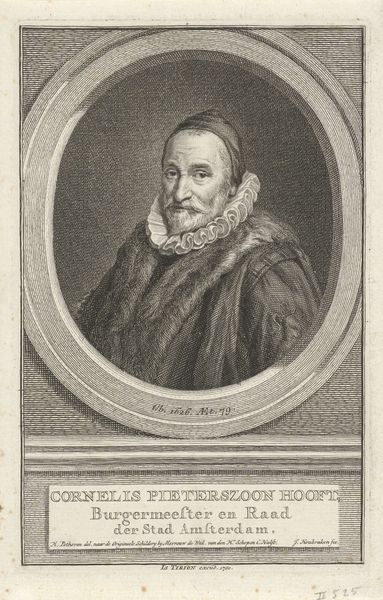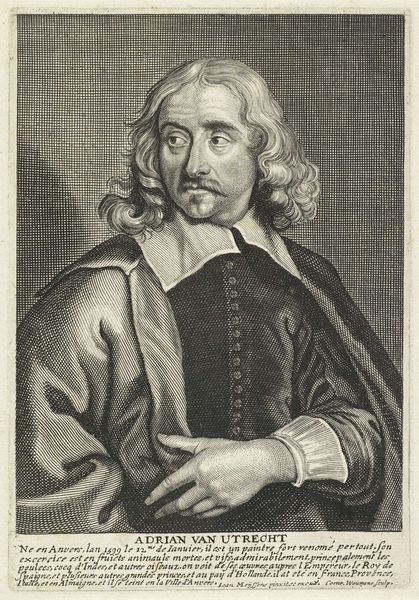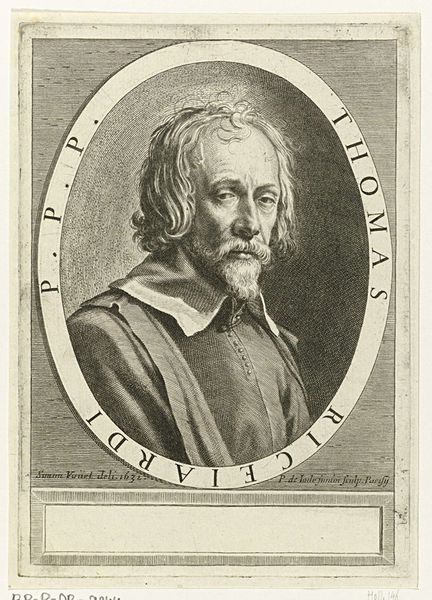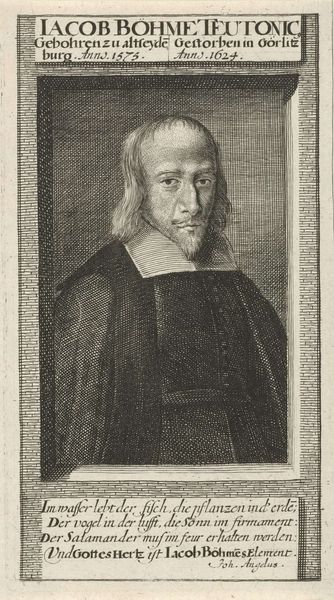
drawing, print, intaglio, engraving
#
portrait
#
drawing
#
baroque
#
dutch-golden-age
# print
#
intaglio
#
engraving
Dimensions: height 163 mm, width 113 mm
Copyright: Rijks Museum: Open Domain
Editor: This is "Portret van de schilder Adriaen van Nieulandt (I)", a 1649 engraving by Coenraet Waumans. The details are amazing, especially in his face and clothing. What really strikes me is the feeling of self-assuredness he seems to project. How do you read the symbolism in a portrait like this? Curator: The portrait provides us with a symbolic glimpse into the subject's identity, class and profession. Take a close look: the sitter, Adriaen van Nieulandt, is an artist. And Waumans positions him in a very specific way. What do you notice about his attire and posture? Editor: He's wearing nice clothes, and there’s a subtle but clear message of success. He almost seems relaxed. Curator: Precisely. It speaks volumes. The relaxed pose, combined with his confident gaze and elegant attire, projects an image of established respectability. Notice the detailed rendering of the folds in his garments; it not only showcases Waumans' skill but also implies Van Nieulandt’s elevated status. These visual cues act as symbols recognized by the audience of the time. Editor: So it's almost like he's performing a role, to show his social standing? Curator: Indeed! Portraiture in this era was often as much about constructing an identity as it was about capturing a likeness. Consider too the gaze, and where it might direct us, beyond the picture plane. It implicates the viewer, making them a participant in affirming the sitter's worth. Editor: It's fascinating to see how much a seemingly simple portrait can convey about the person and the society they lived in. I hadn't considered all those visual cues before. Curator: Understanding those visual cues unlocks a deeper comprehension, revealing the cultural narratives embedded within the artwork.
Comments
No comments
Be the first to comment and join the conversation on the ultimate creative platform.
